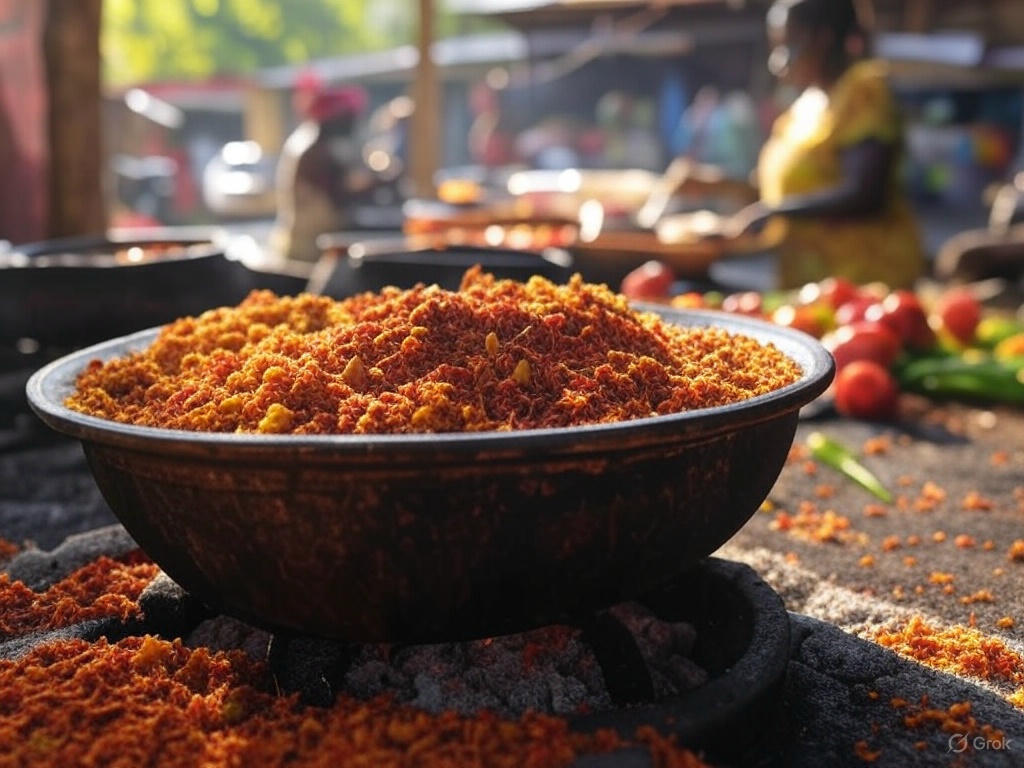
Cooking Africa: Exploring the Rich Flavors of a Continent
Introduction
Africa’s culinary landscape is as vast and diverse as the continent itself. With over 50 countries and thousands of ethnic groups, African cuisine tells stories of heritage, community, and culture. The ingredients are earthy, the flavors bold, and the traditions deeply rooted in family and celebration.
So, why should the world pay more attention to African food? Because it’s vibrant, wholesome, and incredibly delicious. Let’s dive into this flavorful journey across Africa’s kitchens.
The Diversity of African Cuisine
Africa is not a monolith, and neither is its food. From the spicy stews of West Africa to the fragrant tagines of the North, each region has something unique to offer.
North Africa
Couscous, harira, and tagines dominate here. Influenced by Arab, Berber, and Mediterranean flavors, North African dishes often use spices like cumin, cinnamon, and saffron.
West Africa
Think rich, hearty, and spicy. Jollof rice, egusi soup, and suya skewers are staples. Palm oil, peanuts, and hot peppers are key players.
East Africa
Injera and Doro Wat from Ethiopia, along with Swahili curries along the coast, reflect a fusion of African, Indian, and Arab influences.
Central Africa
More traditional and less globally influenced, this region features starchy staples like fufu and cassava served with rich stews.
Southern Africa
Here, you’ll find a mix of indigenous dishes and colonial influences like Dutch and British. Biltong, chakalaka, and bobotie are popular.
Popular African Dishes by Region
Jollof Rice (West Africa)
A tomato-based rice dish that sparks debates from Nigeria to Ghana over who makes it best.
Injera and Doro Wat (East Africa)
Ethiopia’s spongy flatbread and spicy chicken stew are the heart of communal dining.
Bobotie (Southern Africa)
A Cape Malay dish made with curried minced meat topped with an egg custard.
Couscous (North Africa)
Often served with lamb or vegetables in a fragrant broth.
Staple Ingredients in African Cooking
African cuisine uses what’s locally available, making it sustainable and nutritious.
- Grains: Millet, sorghum, maize
- Tubers: Cassava, yams, sweet potatoes
- Proteins: Goat, chicken, fish
- Vegetables and legumes: Okra, black-eyed peas, spinach
Traditional Cooking Methods
Open-Fire Cooking
Still widely used in rural areas, it brings a smoky flavor that’s hard to beat.
Clay Pots and Slow Cooking
This method enhances flavor and tenderness, especially in stews.
Fermentation and Smoking
Used to preserve and deepen flavor—like ogiri in Nigeria or smoked fish across coastal regions.
Spices and Flavors of Africa
Africa’s spice game is strong. Each region has its signature blends that create unforgettable flavors.
Berbere (Ethiopia)
This fiery blend includes chili peppers, garlic, ginger, basil, and fenugreek. It’s a staple in East African stews.
Suya Spice (West Africa)
A dry rub made of peanuts, ginger, cayenne, and garlic. Perfect for grilled meats.
Ras el Hanout (North Africa)
A complex mix that can include over 20 spices. Often used in tagines and couscous.
Regional Variations
You’ll also find spices like turmeric, cardamom, and clove used creatively across the continent.
African Street Food Culture
Street food is the heartbeat of many African cities. It’s quick, flavorful, and incredibly affordable.
- West Africa: Puff-puff (fried dough balls), akara (bean cakes)
- East Africa: Samosas, grilled maize
- Southern Africa: Boerewors rolls, bunny chow
Vendors often cook in front of customers, creating an engaging and communal food experience.
Festive and Ceremonial Foods
In Africa, food is at the center of every major life event. From weddings to funerals, meals mark milestones.
Weddings and Celebrations
Guests are served jollof rice, meat stews, and sweet treats like chin chin. Feasting is a communal affair, and food signifies prosperity and unity.
Funerals and Naming Ceremonies
Hearty dishes like pounded yam with egusi soup or spicy goat stew comfort attendees. Food is not only nourishment but a symbol of respect.
Community Cooking
Large gatherings often involve everyone chipping in. People cook together in massive pots—usually outdoors—turning cooking into a shared ritual.

